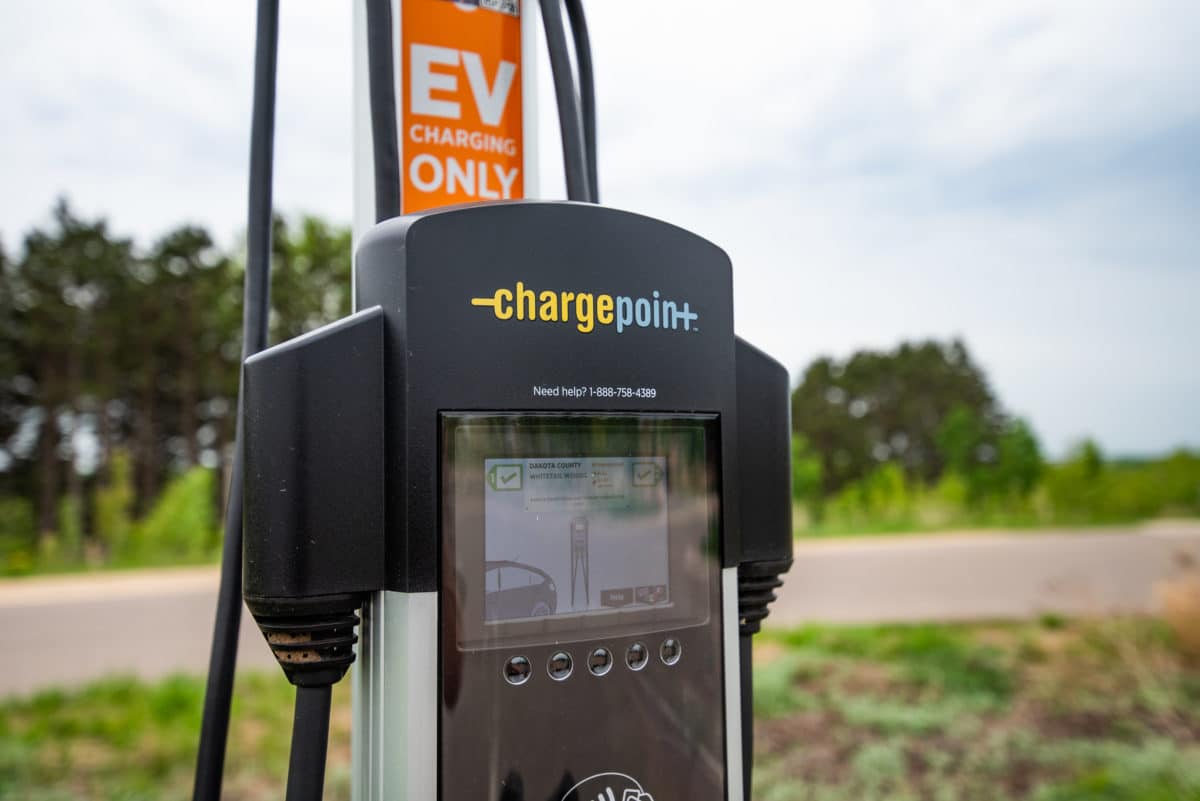The National Renewable Energy Laboratory (NREL) has been researching how the country could accommodate EV drivers charging needs for over a decade. Their most recent study is helping governments, organizations, and critical stakeholders get an idea of what the infrastructure could look like.
Data for the study was collected by first evaluating the number, type and location of chargers needed to build an EV charging network that meets consumer needs. The research team had to estimate how quickly consumers would begin driving EVs seven years from now. They also looked at the varying charging needs of drivers and assessed how different climates across the United States might impact energy requirements.
Researchers used software from the EVI-X modeling suite, which NREL developed in conjunction with the California Energy Commission for charging network planning, site design, and financial analyses. EVI-Pro, for example, was used to estimate daily charging needs for users with and without private charging stations. EVI-RoadTrip was used to project charging infrastructure requirements for cross-country road trips, and EVI-OnDemand to understand what charging stations would look like for ride-sharing applications (think Uber and Lyft). They also estimated the number of EVs on the road under varying adoption rates.
This insight resulted in three frameworks catered to a low, medium and high consumption rate of EVs. To accommodate a mid-adoption scenario of 33 million EVs on the road by 2030, the report projects that we’ll need 28 million charging ports. While states will have to implement regulations requiring contractors to include EV charging features in residential homes, researchers forecast we’ll also require:
- 182,000 publicly accessible fast charging ports to accommodate private and ride-share long-distance travel, in addition to those without residential charging.
- One million Level 2 charging ports across publicly accessible locations like neighborhood gas stations, office buildings, and malls or grocery stores.
- Eight million Level 1 and Level 2 charging ports across private spaces like houses, apartment buildings, and small offices.
Eric Wood, a senior EV charging infrastructure researcher at NREL, said the data creates a snapshot of what experts think a successful charging network could look like in 2030.
By studying regional transportation data across the country, the research team assessed the impact of EV adoption in neighboring states on highway corridors of affected countries, “How might that out-of-state demand compare to the charging needs from residents in my area?” Wood said.
Understanding this impact is integral to transitioning into the Administration’s equitable and clean transportation future – it considers the charging needs of communities in underserved areas. “We’re looking at climate, travel patterns, housing, charging preferences, and demographics,” Wood said. States and districts can now access this detailed region-specific analysis, which Wood suggests will help them better estimate EV charging infrastructure needs to guide local investments.
And the consumer goods market is catching on, too: Subway announced in February that it would feature EV stations that could charge your car in as little as ten minutes.
As the natural battery landscape continues to evolve, ongoing research and adaptation are necessary. Gabe Klein, executive director of the Joint Office of Energy and Transportation, noted that while the findings serve as a snapshot of a moment in time, the work will remain relevant. NREL plans to regularly update the data to provide stakeholders with data that helps identify areas of the charging network that require improvement while scaling up successful components.
This content is protected by copyright and may not be reused. If you want to cooperate with us and would like to reuse some of our content, please contact: editors@pv-magazine.com.








By submitting this form you agree to pv magazine using your data for the purposes of publishing your comment.
Your personal data will only be disclosed or otherwise transmitted to third parties for the purposes of spam filtering or if this is necessary for technical maintenance of the website. Any other transfer to third parties will not take place unless this is justified on the basis of applicable data protection regulations or if pv magazine is legally obliged to do so.
You may revoke this consent at any time with effect for the future, in which case your personal data will be deleted immediately. Otherwise, your data will be deleted if pv magazine has processed your request or the purpose of data storage is fulfilled.
Further information on data privacy can be found in our Data Protection Policy.